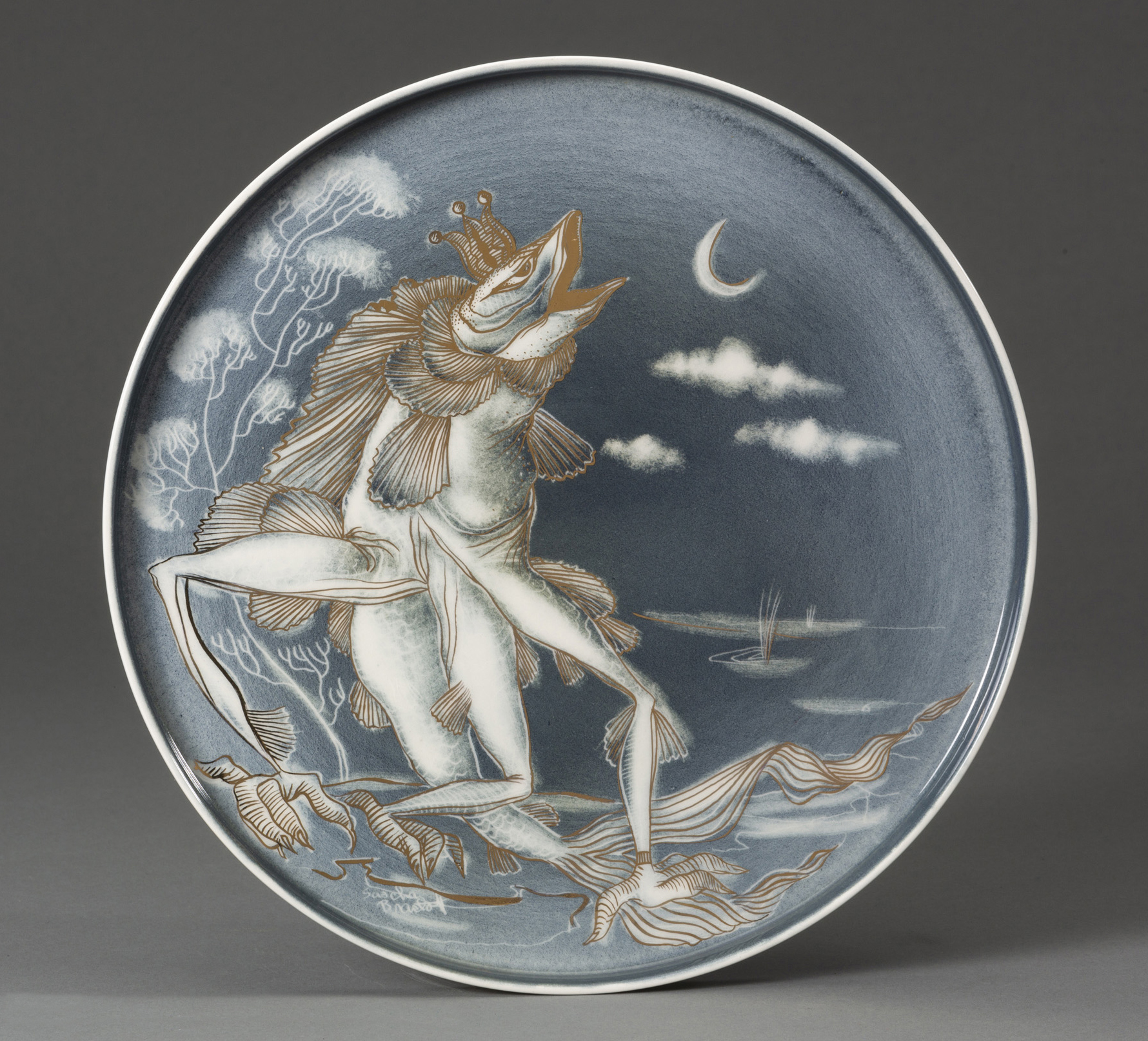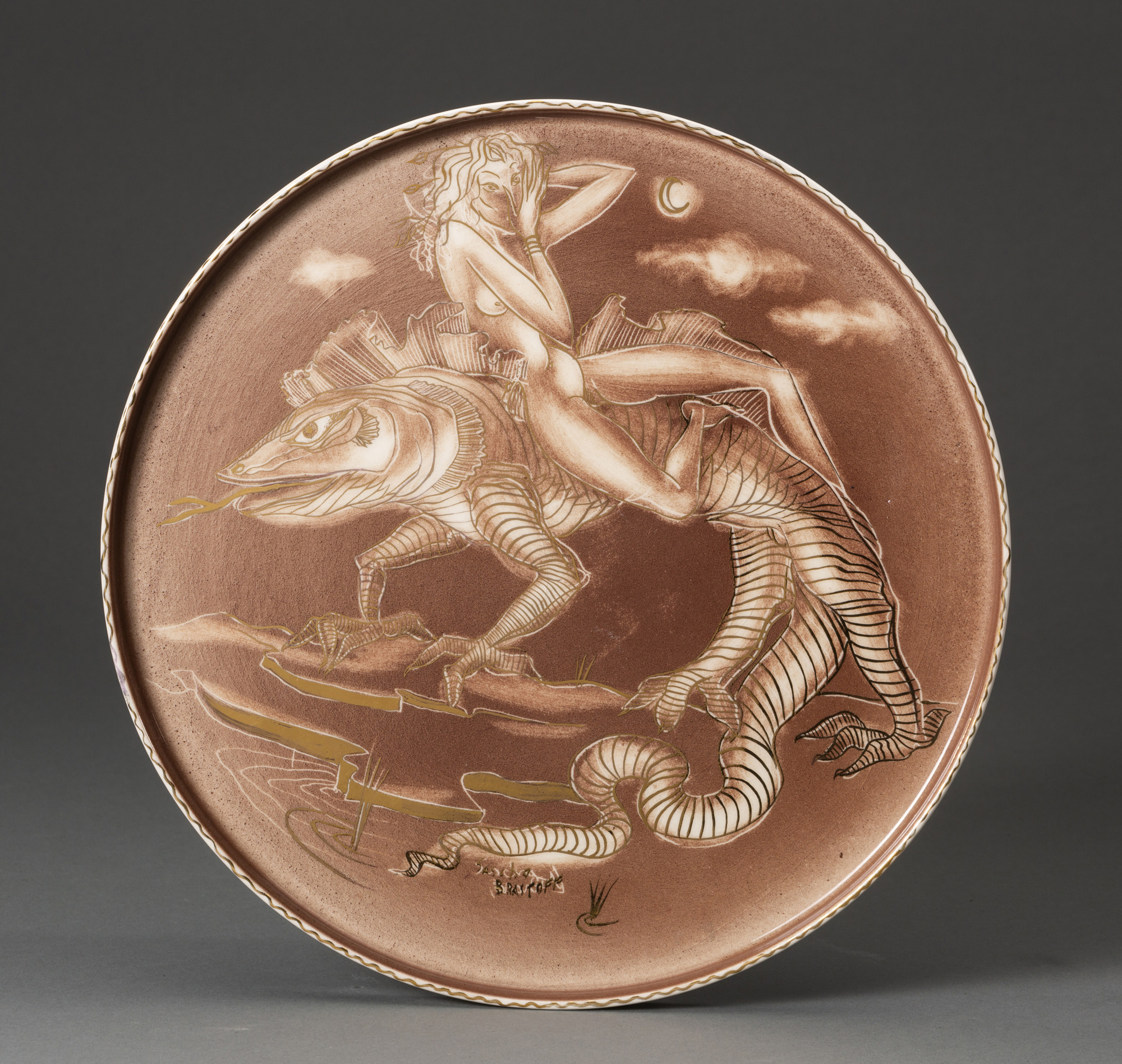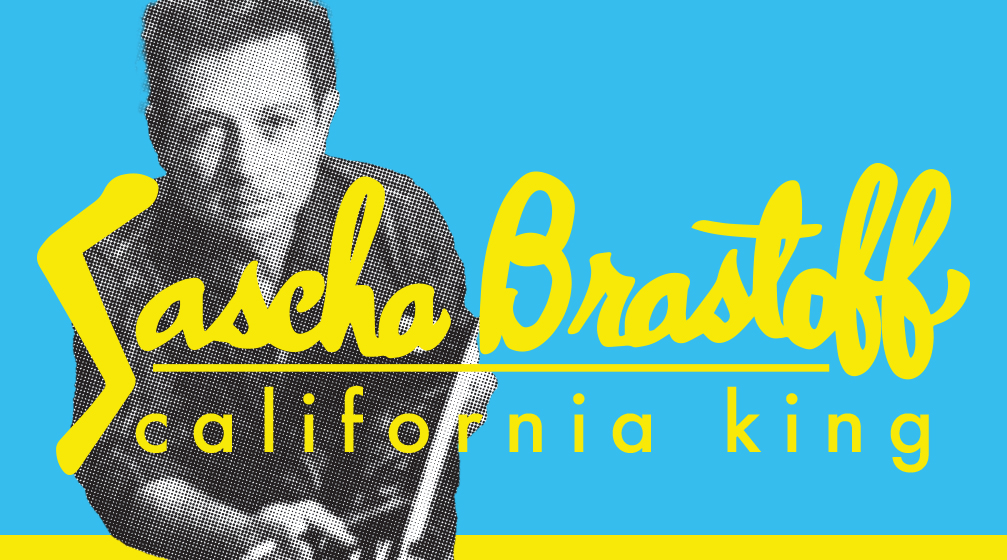There are many wild and colorful characters in the history of American ceramics, but most pale in comparison to Sascha Brastoff. We most remember Brastoff as a prolific designer of midcentury dinnerware, but he also served in the US Army during World War II, where he created props and costumes for Special Services events to entertain troops. Brastoff also performed as his drag alter-ego, G.I. Carmen Miranda, and was cast in a Broadway production, Winged Victory (later adapted into the 1944 movie of the same name).
When the war ended, Brastoff moved to Los Angeles to design costumes for film stars, including the real Carmen Miranda. Brastoff then built a dinnerware empire (bankrolled by a Rockefeller) after taking a top prize in the Syracuse Museum of Fine Art’s 1948 Ceramic National exhibition. Throughout his career, Brastoff rubbed elbows with celebrities and was at the heart of L.A.’s Queer underground. Besides his work in ceramics, Brastoff also mastered jewelry, metalwork, enamels, and created erotic works for many private clients.



About the Artist
Born to a Eastern European family in 1918, Sascha Brastoff attended Western Reserve University’s School of Art in Cleveland, where he also studied dance. After graduation, he moved to New York City, where he had his first successful solo exhibition in 1941. After World War II, Brastoff relocated again to Los Angeles. There, he built an empire as a designer of dinnerware and other household goods. Brastoff’s metal sculptures appeared in the film Forbidden Planet (1956) and he received many commissions for ecumenical artwork. In the 1970s and 80s, Brastoff turned his attention to designing jewelry and miniatures, including a line of hologram pendants designed for Goebel in West Germany. In 1993, Brastoff died at the age of 74. California King is the first solo museum exhibition to celebrate the full spectrum of his career.


